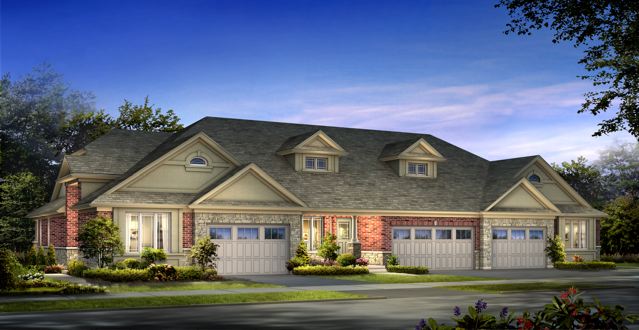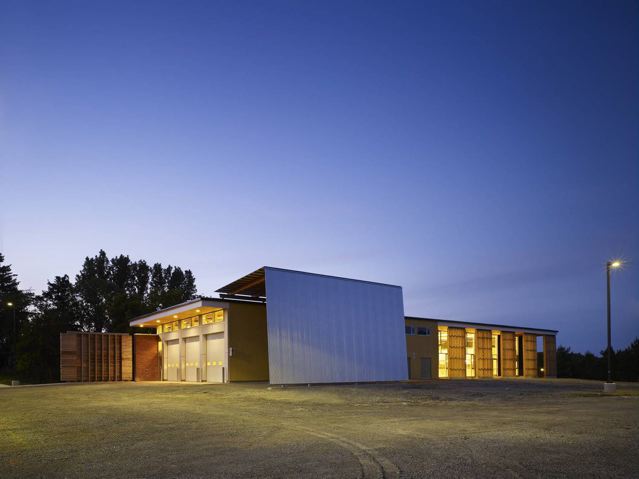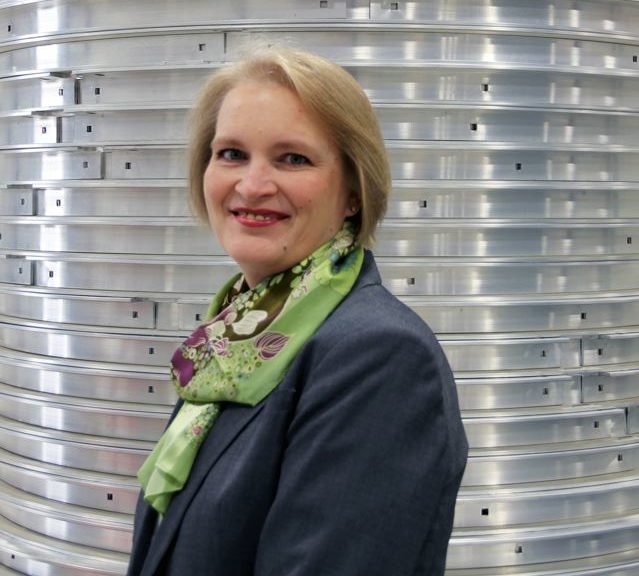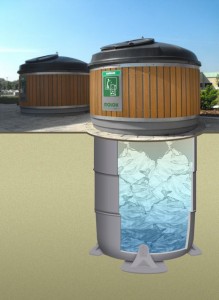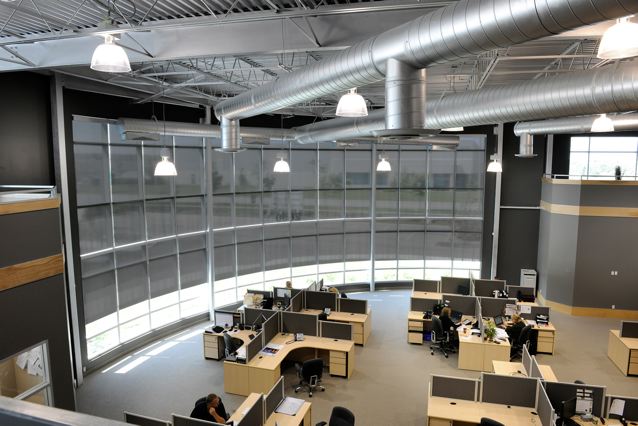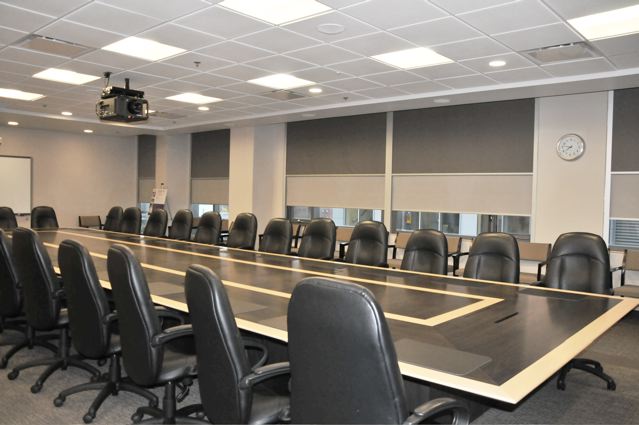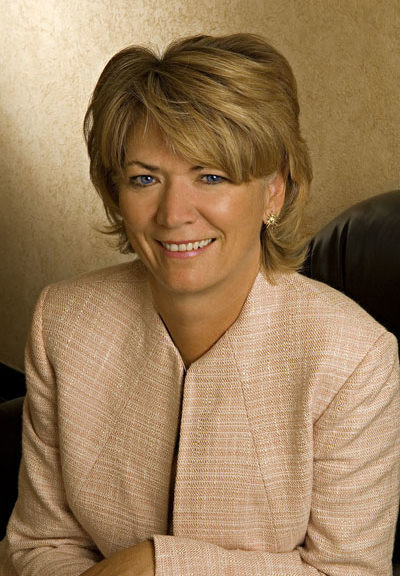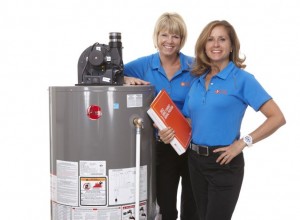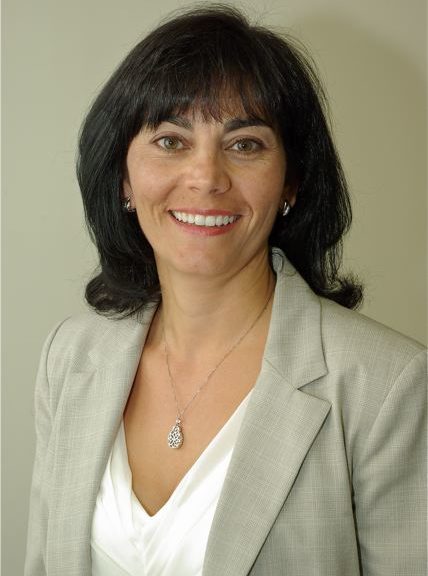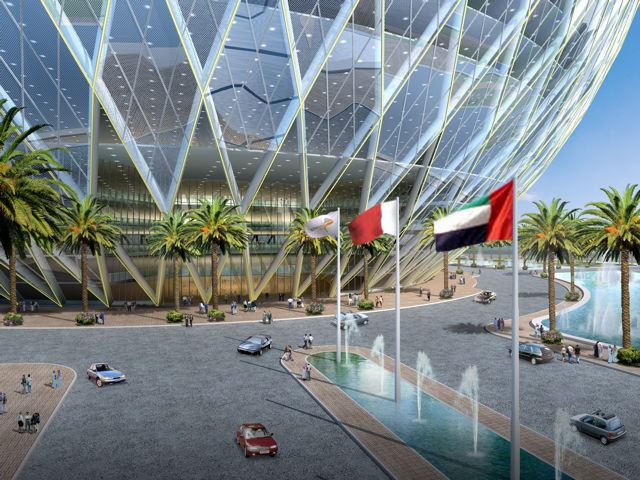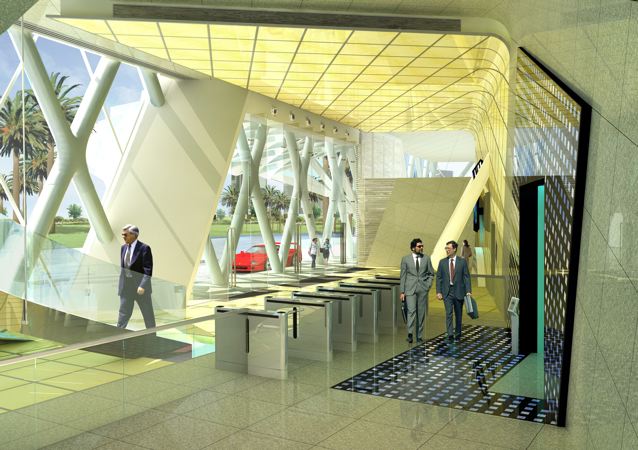Inspiring Track record
Reid’s Heritage Homes Sets the Bar for Sustainable New Home Building
By Greg McMillan
There’s something to be said about being The First.
With that in mind, Reid’s Heritage Homes can justifiably take pride in the fact that it built the first Leadership in Energy and Environmental Design (LEED) home in Canada – specifically, in Guelph, in 2007, in the Platinum category.
But the Guelph-based company was just getting started. In 2010, it built the second LEED Platinum home, and the first in the Kitchener-Cambridge-Waterloo area.
The accomplishments don’t stop there, however. Just this year, Reid’s Heritage was acknowledged by the federal Ministry of Natural Resources with the Energy Star Participant Award, the first builder in Canada to receive this.

This achievement recognizes leadership in a wide range of energy efficient products, technologies and services and outstanding efforts in promoting Energy Star qualified products to benefit Canadian consumers and businesses.
“We are incredibly honoured to receive this prestigious award,” says Tim Blevins, president of Reid’s Heritage Homes, which has also built six LEED-certified residences in Cobble Beach, an award-winning Georgian Bay golf resort community. “As a third-generation home builder, we are constantly pushing the envelope with innovative designs while achieving efficiencies and savings for our homebuyers.”
There’s more from 2012, however. In addition to two awards from the Ontario Home Builders’ Association (OHBA) for best brochure and best sales office, Reid’s Heritage was recognized as a finalist for OHBA home builder of the year.
Some history: Reid’s Heritage Homes was one of the first home builders in Ontario to recognize, prioritize and embrace the principles and practices of sustainability and energy efficiency for homes. One of the earliest adopters of Energy Star construction as a standard practice in their diverse new home communities, Reid’s Heritage was one of the first to take a leadership role in green building practices.
And that has often meant doing things the right way, as opposed to following an easier path.
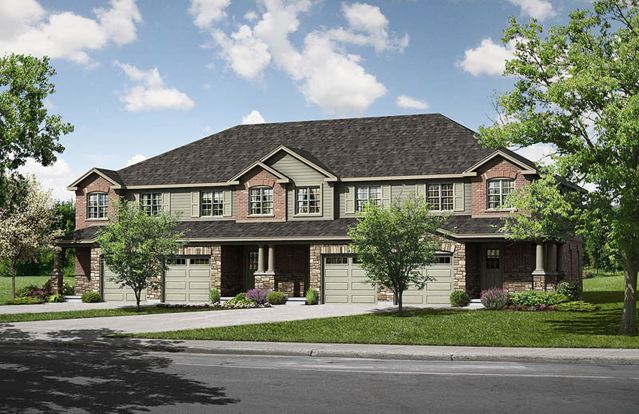 Scott Reid, vice-president of residential construction with Reid’s Heritage Homes, says you can look all the way back to the Nineties to find examples of how the company strove to be more sustainable about its building practices.
Scott Reid, vice-president of residential construction with Reid’s Heritage Homes, says you can look all the way back to the Nineties to find examples of how the company strove to be more sustainable about its building practices.
“That’s when it really became part of the ‘bricks and mortar’ of Reid’s Heritage, so to speak,” he says. “However, the team has been considering sustainability for a very long time.”
He says the company’s corporate values drive decision making.
“From choosing to build on difficult brownfield sites to proposing trails and woodlands as part of our site plans in order to facilitate wildlife and ecosystem growth, we make choices that lead to a build that is better for the environment.”
Derek Satnik, managing director of Kitchener-based Mindscape Innovations and a Reid’s Heritage homeowner, credits Reid’s Heritage for being the best kind of leader.
“They’re constantly trying new things,” he says. “But better still, they’re innovating in very careful ways: watching their budgets, catering their innovation to consumer needs, and making a real difference.”
One example would be the company’s attention to water efficiency. A case in point is the Reid’s Heritage offering of a City of Guelph initiative called the Blue Built Home program, which is committed to reducing water consumption for new homes through innovative building and conservation technologies.
The certification program, adopted by Reid’s Heritage, uses a set of high quality home fixtures and appliances designed and third-party tested to save water and reduce utility bills by as much as 54 per cent.
Reid’s Heritage subsequently offered the Blue Built Home program to its signature Enclave at Waterford bungalow townhomes in the Westminster Woods community in Guelph.
In the area of brownfield development, Reid’s Heritage has also taken a leadership role. Its Preston Meadows project in Cambridge is recognized as one of Canada’s first in the registered LEED for Neighbourhood Developments (LEED-ND) program. Just recently, the project won the Waterloo Region Home Builders Association award for Best Reurbanization Project (Residential).
Reid says the public has embraced the idea of sustainable home building practices.
“Our homeowners are knowledgeable,” says Debbie O’Krafka, New Home Sales Consultant at Westminster Woods in Guelph. “They do their research and they ask all the right questions. In essense, they set the expectations that we live up to and often exceed.”
“They compare ‘apples to apples’ so to speak,” she added. “Or in this case, windows to windows, duct work to duct work, etcetera.”
“It is not only my role on the team to educate our homeowners, it is also an element of my role that I truly enjoy. Informing homeowners that our duct board retains heat better than standard tin duct work ,provides tighter air distribution throughout the home, and eliminates household noise, is exciting information for me to share.”
“Our building practices give me a real sense of pride, and of course, knowing that each guest to our model homes seems to leave just a little greener is truly rewarding.”
